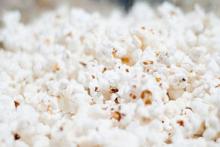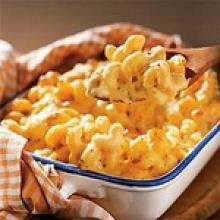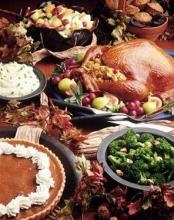5 Biggest Food Stories of the Year
1. Bisphenol-A or BPA is turning up everywhere. Although savvy health conscious foodies have known about BPA for several years now, 2009 is the year when Bisphenol-A's terrible effects first became known to the general public. Bisphenol-A is the reason why everyone threw away their plastic water bottles in 2009, and invested in sleek aluminum water bottles instead.
(I resisted picking up an aluminum water bottle for most of the year, due mostly to the cost. I finally bought one a few weeks ago, priced at $2.99 at the discount store in my town. Not bad! The only down side to the aluminum bottle is that it seems much more inclined to sweat when I fill it with cold water.)
Bisphenol-A has been linked to breast cancer, increased estrogen levels, the possible feminization of unborn fetuses, and digestive system disorders. It is found in almost every plastic, although we don't know how much of it leaches out or why. Most experts agree that heating foods in plastic will increase the release of Bisphenol-A into your food, and suggest that you reheat leftovers on a plate or in a ceramic bowl.
Plastic is also used as a liner in cans, which came as a surprise to many. Acidic foods like tomatoes can hasten the release of Bisphenol-A into the contents.
2. Bacon continues to capture the hearts and minds of the internet, and of America at large. Baconnaise ("It's our dream to make everything taste like bacon") hit the market with a splash, greatly assisted by a Daily Show bit in which Jon Stewart ate a bacon-wrapped sausage dipped in Baconnaise on air in February. He didn't care for the results, but the public was charmed.
3. Sous Vide was surely the technique of the year, pioneered by molecular gastronomy, but becoming known as a popular "meat hack" for cooking deliciously tender cuts of meat. According to Google Trends, "sous vide" enjoyed a surprising upswing in popularity during 2009, culminating in the production of a sous vide machine for the home chef.
(Why grill a perfectly good steak, when you can buy a sous vide machine for $449? That is a question that someone who isn't a vegetarian - i.e. not me - will have to answer for us!)
4. Speaking of vegetarianism, 2009 was a banner year for giving up meat - either totally or partially. Al Gore had been muttering about the carbon footprint of meat, but in 2009 he finally seemed to find his voice, and openly admit that vegetarianism is better for the planet.
Even famed omnivore Michael Pollan pointed out that "a meat eater in a Prius has a bigger carbon footprint than a vegetarian in a Hummer." And a lot of people have discovered that skipping meat even just one day a week is a painless way to eat healthier while saving the planet.
5. And finally, 2009 brought us Cake Wrecks, the site that let us know it's okay to laugh again. Targeting only professional cakes (in order to keep things fair), Cake Wrecks not only consistently brought the funny day after day, it also took a break every Sunday to showcase the best cakes of the week. Six days of disaster + one day of beauty = win!








